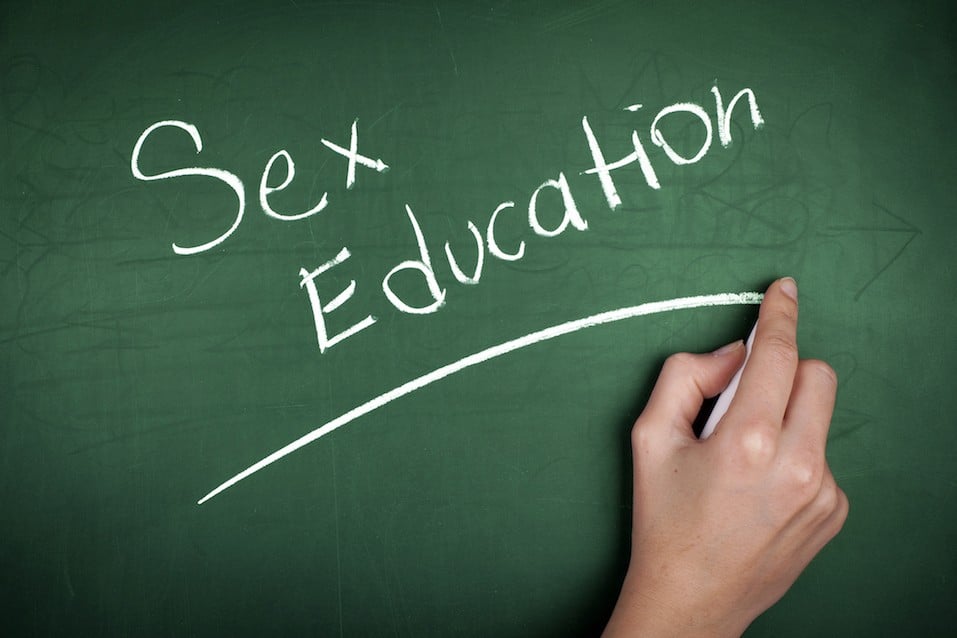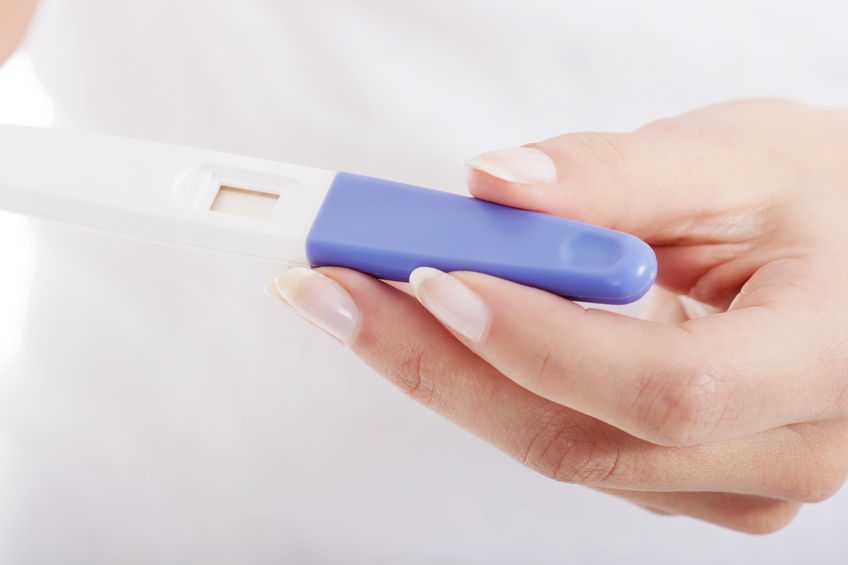Many kids aren’t getting the sex advice they need — and it might be their school’s fault. According to the Centers for Disease Control and Prevention, alarmingly large percentages of STD and HIV cases in the United States occur in people as young as 13. Officials have tried to put policies in place to offer sex ed to middle and high school kids in an attempt to combat risky sexual behaviors and their devastating effects. It doesn’t always happen the way they hope.
From scare tactics to misinformation and more, here’s everything wrong with sex ed in U.S. public schools — and its many consequences.
What does the average sex ed curriculum look like?

Sex ed requirements are spotty across different states.
Sex ed isn’t a requirement across all U.S. states. Some schools, don’t even require instructors to teach the facts. The contrast between abstinence-only and comprehensive sex education programs leaves many students curious without answers.
Because there’s no set curriculum across all systems, many schools can pretty much teach their students whatever they want to about sex — if anything at all. That’s how sex horror stories make it into classrooms without prevention tactics to balance them out.
Sex horror stories

Sex Education should be thorough, not vague
Sexually transmitted diseases impact millions of teens and young adults ages 15 to 24. Not addressing the risks of sexual behavior would be irresponsible. However, telling a teenager, “Don’t have sex … you will get pregnant and die” creates more questions than it answers.
What’s ‘safe sex’?

Teens are going to be teens. It’s best to give them the right information.
Many schools provide abstinence-only education, the main objective being to teach students the potential risks of practicing sex without teaching them how to do so safely.
Research has shown that comprehensive sex education does a much better job of preventing teenage pregnancies than abstinence-only programs. Comprehensive programs also reduce risky behaviors by teaching students how to practice safe sex.
Teaching misinformation

Not all Sex ed cirriculums are created equal.
Along those same lines, safeguards against spreading misinformation about sex and related topics are minimal. Only 20 U.S. states mandate that if a school offers sex ed at all, information provided has to be “medically, factually, or technically accurate.”
These specifications vary by state, which means public health departments don’t always review sex ed curriculum before students “learn” it.
No safe space

Teens deserve answers to their questions.
Teens have questions about sex. Technically, whether they’re talking with a parent or sitting in a classroom, what matters most is that they’re given the opportunity to ask questions freely without fear of being scolded or judged.
When sex ed functions like a traditional lecture — talking at teens instead of talking with them — the classroom becomes a hostile environment for learning, the exact opposite of what education should be.
Not offering sex ed at all

Ignoring sex ed is a disservice to students.
As of March 2016, only 24 of the 50 U.S. states require sex education in public schools. Thirty-five states allow parents to opt their kids out of sex ed if they don’t want them to receive it.
Regardless of the age at which students receive sex education, doing so properly might benefit public health as a whole, reducing risk and unwanted outcomes in all states, not just some of them.
Why is bad sex ed terrible?

Bad sex ed can have life-changing consequences.
Bad sex ed does real damage to those who receive it. It doesn’t even just impact whether or not teens have sex, contract STDs, or get pregnant. It extends beyond physical health, affecting young people psychologically.
Inadequate sex ed negatively impacts teens’ self-confidence, as well as their ability to understand how to form healthy relationships. It’s bad for everyone, and needs to change.
Source: The Cheat Sheet
No comments:
Post a Comment